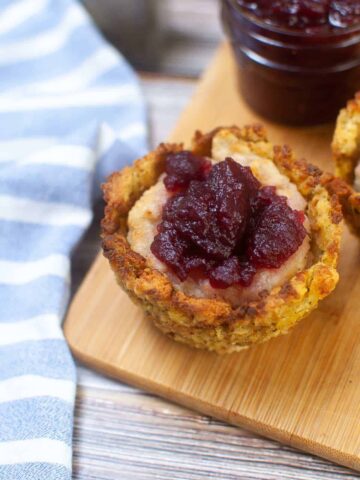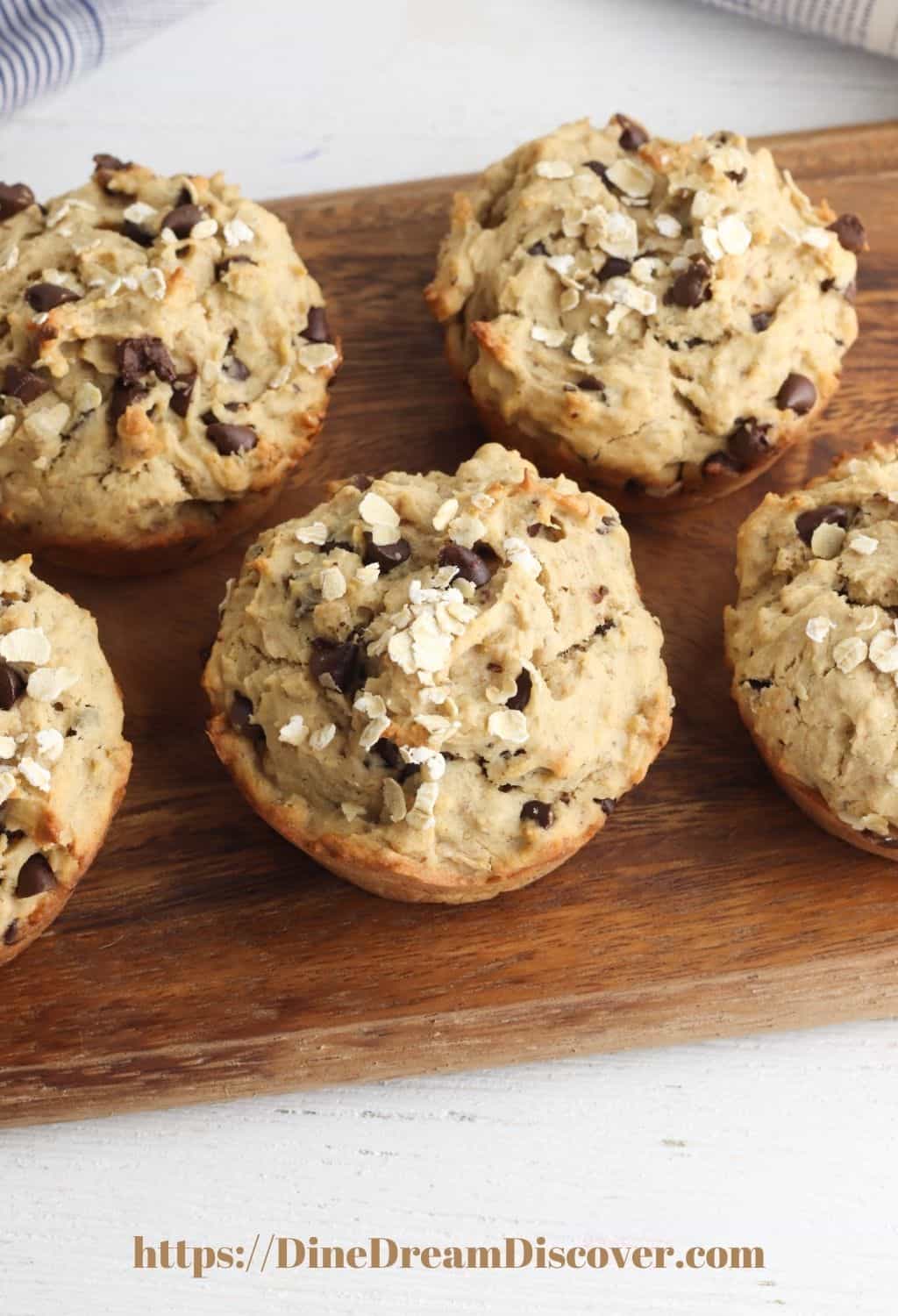If you're a fan of fried rice, you know that the quality of the rice can make or break the dish. Nobody wants a mushy or dry fried rice, and achieving the perfect texture starts with selecting the right type of rice. In this ultimate guide to perfect fried rice, we'll explore the different types of rice and reveal the secrets to achieving fluffy and delicious fried rice every time.
Choosing the Right Rice for Fried Rice: Basmati vs Jasmine
One of the most important aspects of making great fried rice is selecting the right type of rice. There are two types of rice that are commonly used for fried rice: basmati and jasmine. Basmati rice is known for its long, slender grains and fragrant aroma. It's a bit firmer and less sticky than jasmine rice, which makes it a great choice for fried rice.
Jasmine rice, on the other hand, is a bit softer and stickier than basmati rice. While it may not be the best choice for traditional fried rice, it can be a great option for other variations of the dish. Ultimately, the choice between basmati and jasmine comes down to personal preference.
Another important factor to consider when choosing the right rice for fried rice is the age of the rice. Older rice tends to be drier and less sticky, which makes it a better choice for fried rice. Freshly cooked rice can be too moist and sticky, which can result in clumpy fried rice. Therefore, it's recommended to use rice that has been cooked and refrigerated for at least a day before making fried rice.
The Secret to Fluffy Fried Rice: Properly Cooked Rice
The key to achieving fluffy and delicious fried rice is to ensure that your rice is properly cooked. This means cooking the rice until it's tender and fluffy, without being too soft or mushy. One of the most important things to keep in mind when cooking rice for fried rice is to use a 1:1.5 ratio of rice to water. This ensures that the rice cooks evenly and doesn't become too soggy.
Another tip for achieving perfectly cooked rice is to rinse the rice thoroughly before cooking. This helps remove any excess starch that can make the rice too sticky or clumpy. Finally, be sure to let the rice cool completely before using it in your fried rice. This allows the grains to firm up and separate, making it easier to achieve the perfect texture.
Additionally, it's important to use the right type of rice for fried rice. Long-grain rice, such as jasmine or basmati, works best because it has a lower starch content and doesn't clump together as easily. It's also important to use day-old rice, as freshly cooked rice can be too moist and sticky for frying. By following these tips and using the right type of rice, you'll be able to create the perfect base for your fluffy and flavorful fried rice.
Crispy Fried Rice: Why High Heat is Key
If you want to achieve crispy fried rice, it's important to use high heat when cooking. This helps evaporate any excess moisture and creates a nice crispy texture on the outside of the rice. A wok or large skillet is the best tool for achieving high heat, as it allows you to quickly stir-fry the rice and evenly distribute the heat.
Another important factor in achieving crispy fried rice is using day-old rice. Freshly cooked rice contains too much moisture and will not crisp up as well. By using rice that has been refrigerated overnight, the excess moisture has had time to evaporate, making it easier to achieve that crispy texture.
Breaking Up Clumps: Tips for Separating Rice Grains
No one wants clumpy fried rice, so it's important to take the time to separate the rice grains before cooking. The easiest way to do this is to use your hands to gently break up any large clumps of rice. You can also use a fork or spatula to gently stir the rice and separate the grains.
Another helpful tip is to rinse the rice before cooking. This not only removes any dirt or debris, but it also helps to separate the grains. Simply place the rice in a fine mesh strainer and rinse it under cold water until the water runs clear. Then, let the rice drain for a few minutes before cooking.
Mix-Ins Matter: Prepping Ingredients for Fried Rice
Adding mix-ins to your fried rice is a great way to add flavor and texture to the dish. However, it's important to properly prep your ingredients before adding them to the pan. Vegetables should be chopped into small, uniform pieces, while meats should be thinly sliced or diced. This ensures that everything cooks evenly and doesn't take too long to cook.
Another important factor to consider when prepping ingredients for fried rice is the order in which they are added to the pan. Harder vegetables, such as carrots and broccoli, should be added first and cooked for a few minutes before adding softer vegetables like mushrooms and peppers. This helps to ensure that all the vegetables are cooked evenly and don't become mushy.
Additionally, it's important to season your mix-ins before adding them to the pan. This can be done by marinating meats or tossing vegetables in a mixture of soy sauce, garlic, and ginger. This not only adds flavor to the dish but also helps to tenderize the meat and infuse the vegetables with flavor.
Small Batches, Big Flavor: Stir-Frying Techniques for Fried Rice
When it comes to stir-frying, smaller batches are always better than larger ones. This allows the ingredients to cook evenly and ensures that everything stays crispy and delicious. It's also important to stir constantly when cooking, to prevent the rice from sticking to the pan and to distribute the heat evenly.
Another important tip for making delicious fried rice is to use day-old rice. Freshly cooked rice can be too moist and sticky, which can make it difficult to stir-fry properly. By using rice that has been refrigerated overnight, the grains will have dried out slightly and will be easier to separate and cook evenly. Additionally, don't be afraid to experiment with different ingredients and seasonings to create your own unique fried rice recipe!
The Right Amount of Sauce: Balancing Flavors in Fried Rice
Finally, it's important to get the sauce just right when making fried rice. Too much sauce can make the rice too soggy, while too little can make it too dry. Aim for a balance of sweet, salty, and savory flavors, and don't be afraid to taste and adjust as needed. Soy sauce, oyster sauce, and sesame oil are all great additions to fried rice.
Another important factor to consider when making fried rice is the type of rice you use. Long-grain rice is the best option as it has a lower starch content and produces fluffier rice. Additionally, using day-old rice that has been refrigerated overnight can help prevent the rice from becoming too sticky or clumpy when frying.
Elevate Your Fried Rice Game
Now that you know the secrets to making perfect fried rice, it's time to get creative! There are countless variations on classic fried rice recipes, from spicy kimchi fried rice to sweet pineapple fried rice. You can also use leftover ingredients like chicken, shrimp, or vegetables to make delicious fried rice. With a little experimentation and some creativity, you can take your fried rice game to the next level!
Creative Variations on Classic Fried Rice Recipes
Try making these variations on classic fried rice recipes:
- Kimchi Fried Rice
- Thai Pineapple Fried Rice
- Shrimp Fried Rice
- Vegetable Fried Rice
Using Leftovers to Make Delicious Fried Rice
Don't let leftover ingredients go to waste! Use them to make delicious fried rice:
- Chicken Fried Rice
- Beef Fried Rice
- Seafood Fried Rice
- Vegan Fried Rice
With these tips and recipes in your arsenal, you're sure to become a fried rice master in no time. Remember to experiment and have fun with your cooking, and enjoy the delicious results!
If you're feeling adventurous, try adding some unique ingredients to your fried rice. For example, you could add diced mango for a sweet and tangy twist, or chopped bacon for a smoky flavor. You could also experiment with different types of rice, such as brown rice or wild rice, for a healthier option.
Another way to elevate your fried rice game is to try different cooking methods. Instead of using a wok, try cooking your fried rice in a cast iron skillet for a crispy texture. You could also try baking your fried rice in the oven for a unique twist on this classic dish.




Leave a Reply